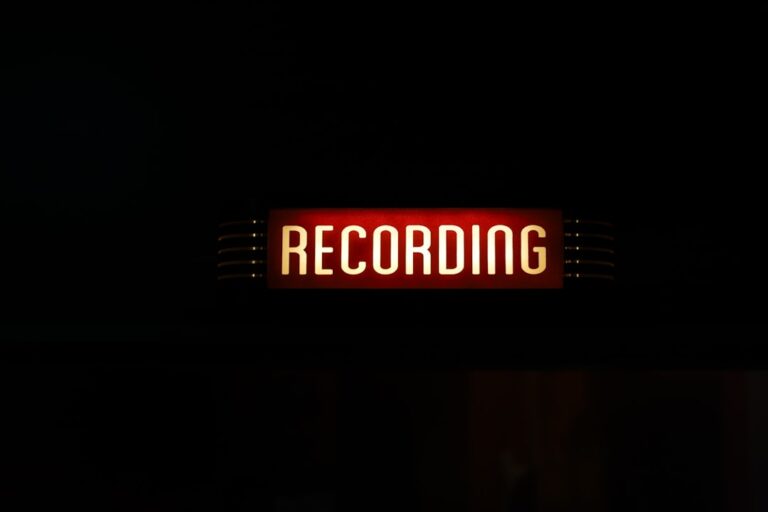
Ever feel like you’re drowning in tasks, never quite sure what to tackle first? I get it. We all struggle with the endless to-do list and the feeling of never catching up. For years, I knew that feeling all too well. I prioritized gaming and instant gratification over real progress. My desk was a battlefield of unfinished projects. My health suffered because I always put off cooking healthy meals or exercising. It felt like I was constantly busy but getting nowhere important.
But I learned something crucial. It’s not about doing more. It’s about doing the right things. It’s about being intentional with your time and energy. Prioritizing isn't some fancy corporate skill. It's a fundamental life skill that transforms overwhelm into clarity and action. You can learn it too. You can shift from feeling reactive to being in control.
I want to share 10 simple yet powerful techniques that helped me turn things around. They helped me go from feeling stuck in bad habits to building a productive, balanced life. These aren't complicated theories. They are practical tools you can start using today.
1. Do Your "Must-Dos" First
Start by identifying the absolute non-negotiables. What tasks, if left undone, would cause serious problems? These are your "must-dos." Get them down on paper. Then, tackle them at the beginning of your day or work session. This gives you a strong sense of accomplishment and ensures the most critical items are handled. It clears your mind to focus on other things.
2. Eat the Frog
This classic technique means doing your most challenging or least appealing task first thing in the morning. Mark Twain famously said, "If it's your job to eat a frog, it's best to do it first thing in the morning. And if it's your job to eat two frogs, it's best to eat the biggest one first."
When I decided to lose over 110 pounds, the idea of daily exercise and meal prep felt like a giant mountain. I used to dread starting. But I learned to "eat the frog." I’d do my workout first thing, even just a short burst, before anything else. That small win built momentum and changed my whole day. It removed the mental burden of that looming task.
3. The Two-Minute Rule
If a task takes less than two minutes, do it immediately. Don't add it to a list. Don't put it off. Just get it done. This applies to so many small things: answering a quick email, putting away your coffee cup, wiping down a counter, or taking out the trash. These tiny actions prevent clutter and overwhelm from building up. They free up mental space for bigger tasks.
4. Batch Similar Tasks
Group similar tasks together. Instead of checking emails every five minutes, set aside specific times to process them. Dedicate a block of time for phone calls, administrative work, or planning. This reduces context switching, which saps your energy and focus. Your brain stays in one mode, making you more efficient.
5. Time Blocking
Take control of your schedule by assigning specific blocks of time to specific tasks. Look at your day or week and block out periods for deep work, meetings, email processing, and even breaks. Treat these blocks like non-negotiable appointments. This visual representation helps you see where your time goes. It ensures you dedicate focused attention to important activities.
6. Use the Urgency-Importance Matrix
This simple framework helps you categorize tasks. Draw a cross to create four quadrants:
- Urgent and Important: Do these first. (Crises, deadlines)
- Important but Not Urgent: Schedule these. (Planning, relationship building, prevention)
- Urgent but Not Important: Delegate these if possible. (Some interruptions, trivial requests)
- Not Urgent and Not Important: Eliminate these. (Time-wasters, distractions)
This matrix brings clarity to what truly deserves your attention. It helps you see which tasks create long-term value.
7. Know Your Peak Energy Times
We all have times of day when we feel most alert and focused. For me, it's usually the morning. I use these hours for my most demanding, creative, or critical work. Schedule your high-concentration tasks during your peak energy window. Use your lower-energy times for routine tasks, administrative work, or light planning. Work with your natural rhythms, not against them.
8. The Power of "No"
This is perhaps one of the hardest but most crucial prioritization skills. Saying "no" to non-essential requests or opportunities protects your time and energy for what truly matters. It means saying "yes" to your own goals and priorities. You don't need a lengthy explanation. A simple "No, I can't take that on right now" is often enough. Guard your boundaries fiercely.
9. Review and Adjust Regularly
Prioritizing is not a one-time event. It's an ongoing process. At the end of each day or week, take a few minutes to review your progress. Did you achieve what you set out to do? What went well? What needs adjustment? What lessons did you learn? This regular check-in helps you refine your approach and stay flexible. Life changes, and so should your priorities.
10. Connect to Your "Why"
This is the most powerful technique for me. When you know why something is important, it becomes much easier to prioritize it. What are your core values? What purpose drives you? For me, strengthening my Christian Orthodox faith and finding purpose through a closer relationship with God helped redefine my priorities entirely. I realized my "why" wasn’t just about personal gain. It was about serving God and living a life that reflects His love. This bigger picture helped me say no to distractions and focus on what truly matters.
When you connect your daily tasks to a deeper purpose, you find renewed motivation. You gain clarity on what truly deserves your time and energy. It helps you distinguish between tasks that merely fill your day and those that fulfill your life.
Prioritizing isn't about being perfect. It’s about making intentional choices, one task at a time. It’s about moving from a state of constant busyness to focused action. These techniques helped me reclaim my time and energy, move past old habits, and build a life I love. I still face challenges, and I'm still learning every day. But now, I have a roadmap.
Which of these techniques will you try first to bring more clarity to your day? Start small. Pick one. See how it shifts your perspective and your productivity. Your future self will thank you.





